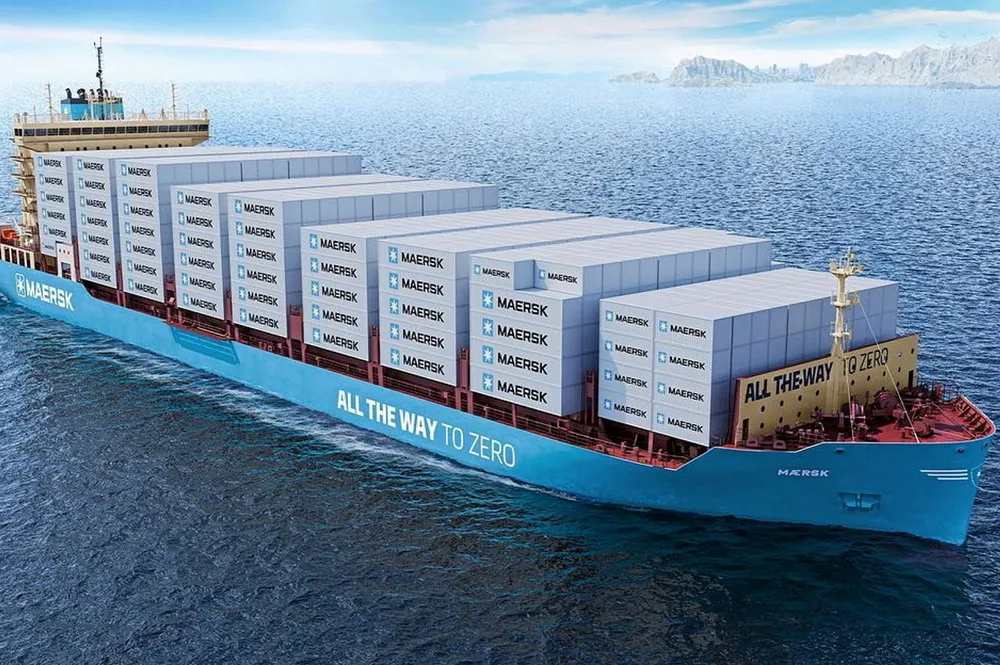'Hydrogen derivatives will power half of all UK shipping needs by 2050, but pure H2 will not play a role'
Batteries will lose out to e-fuels and ammonia in the maritime market, says new report funded by British government-backed researchers

Batteries will lose out to e-fuels and ammonia in the maritime market, says new report funded by British government-backed researchers
